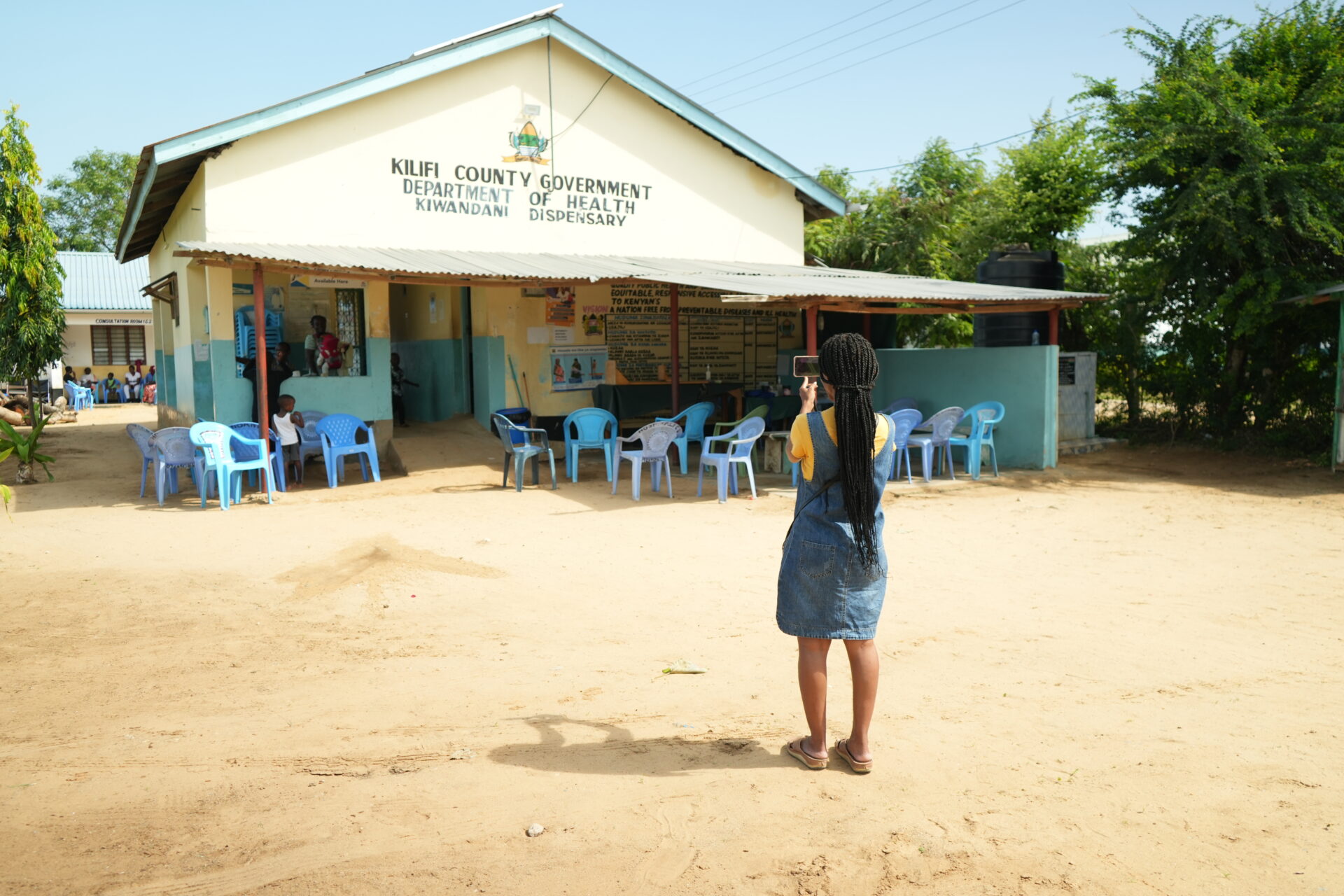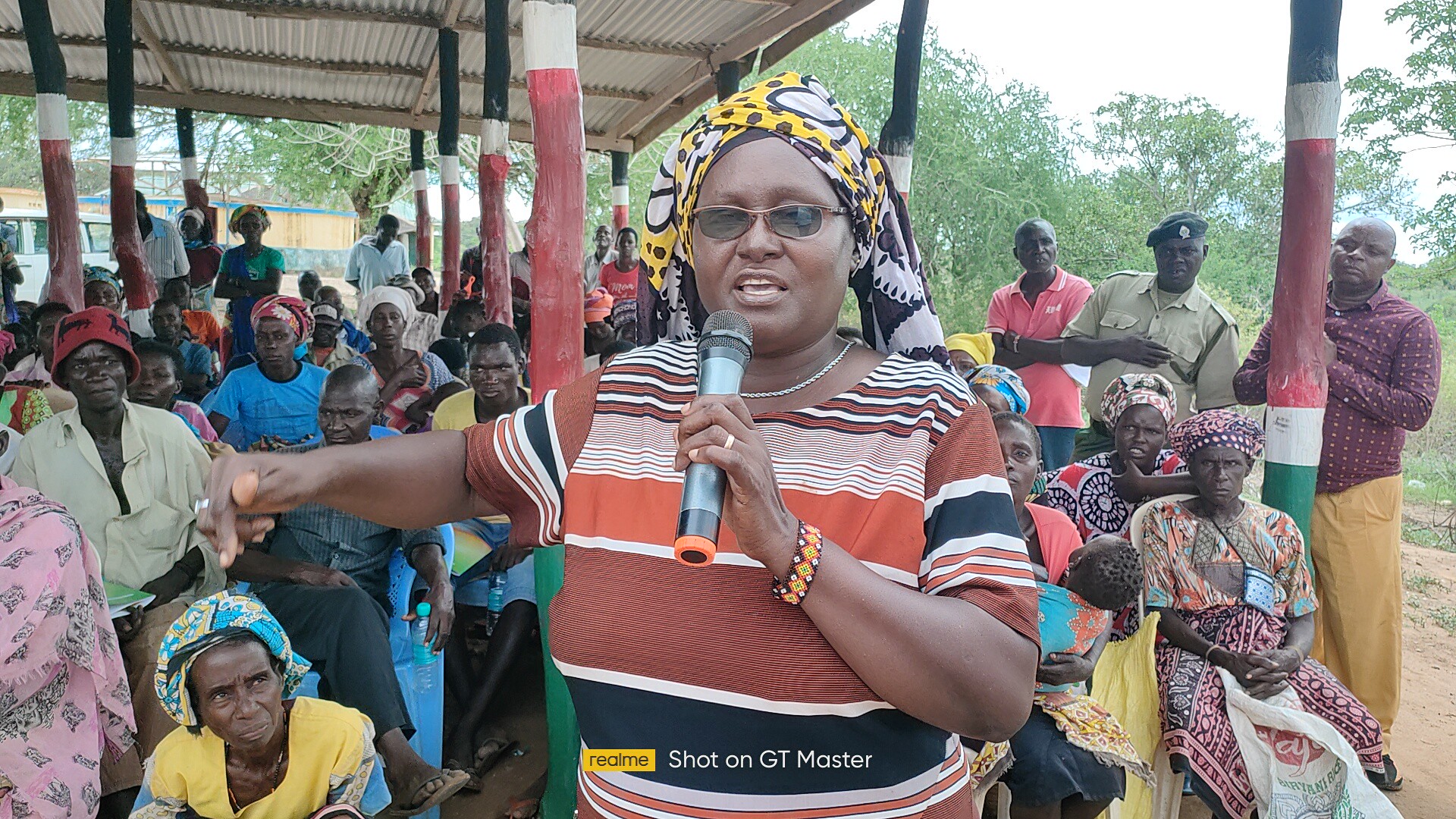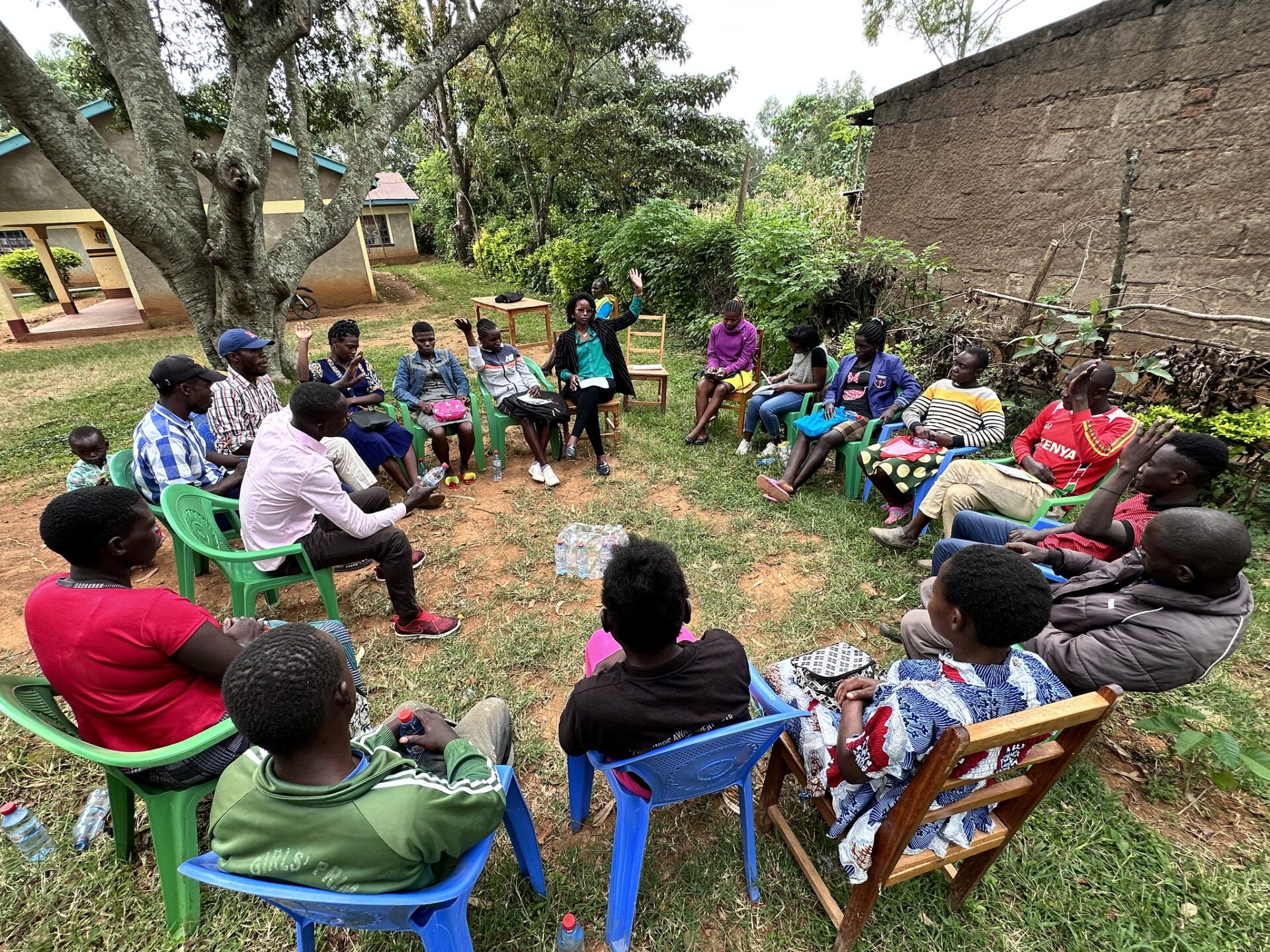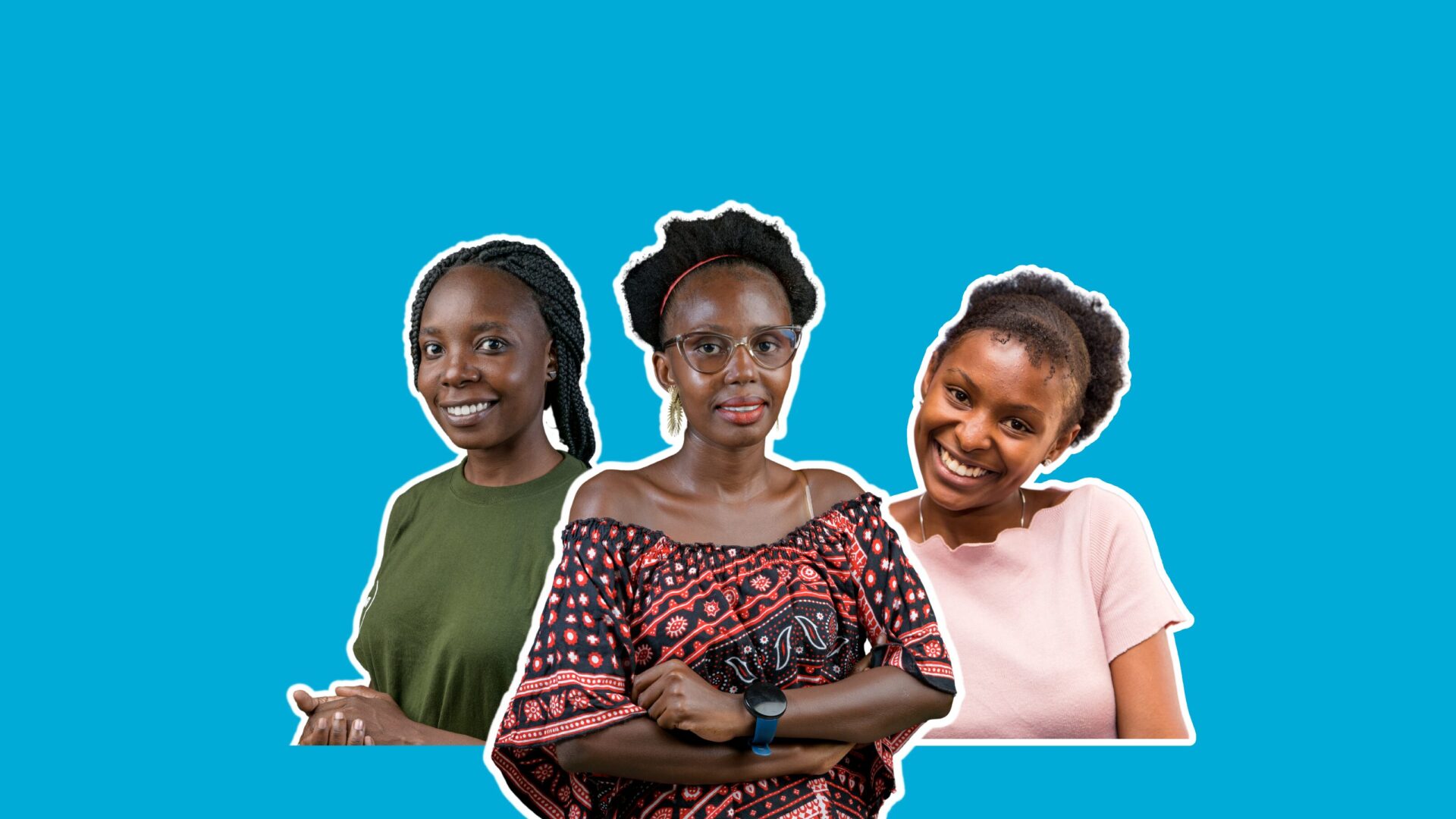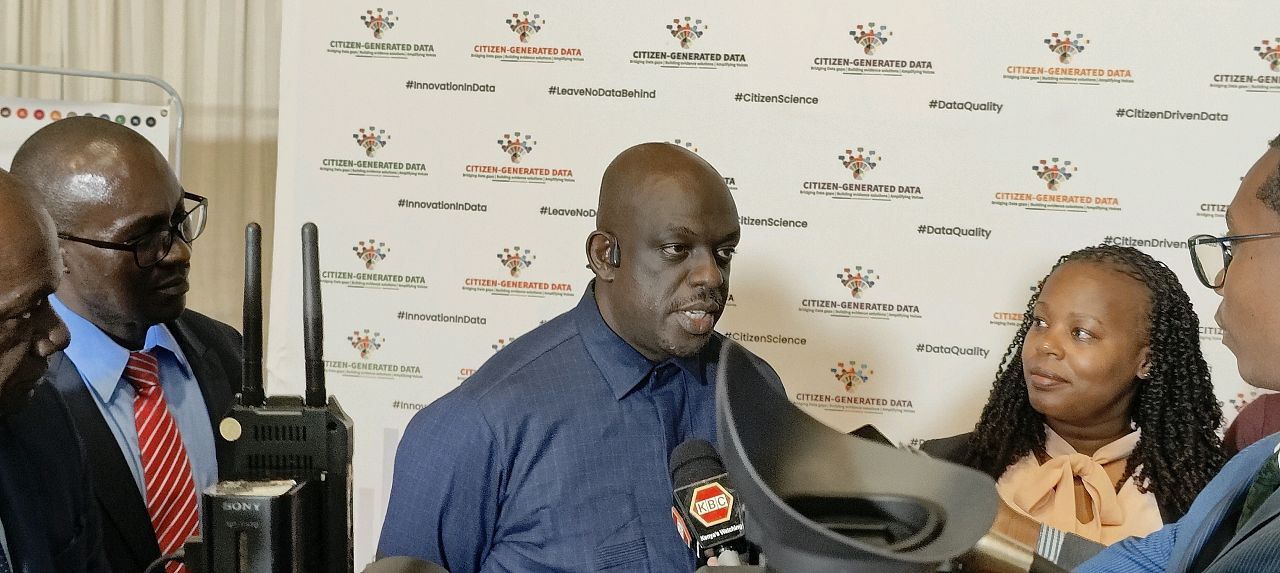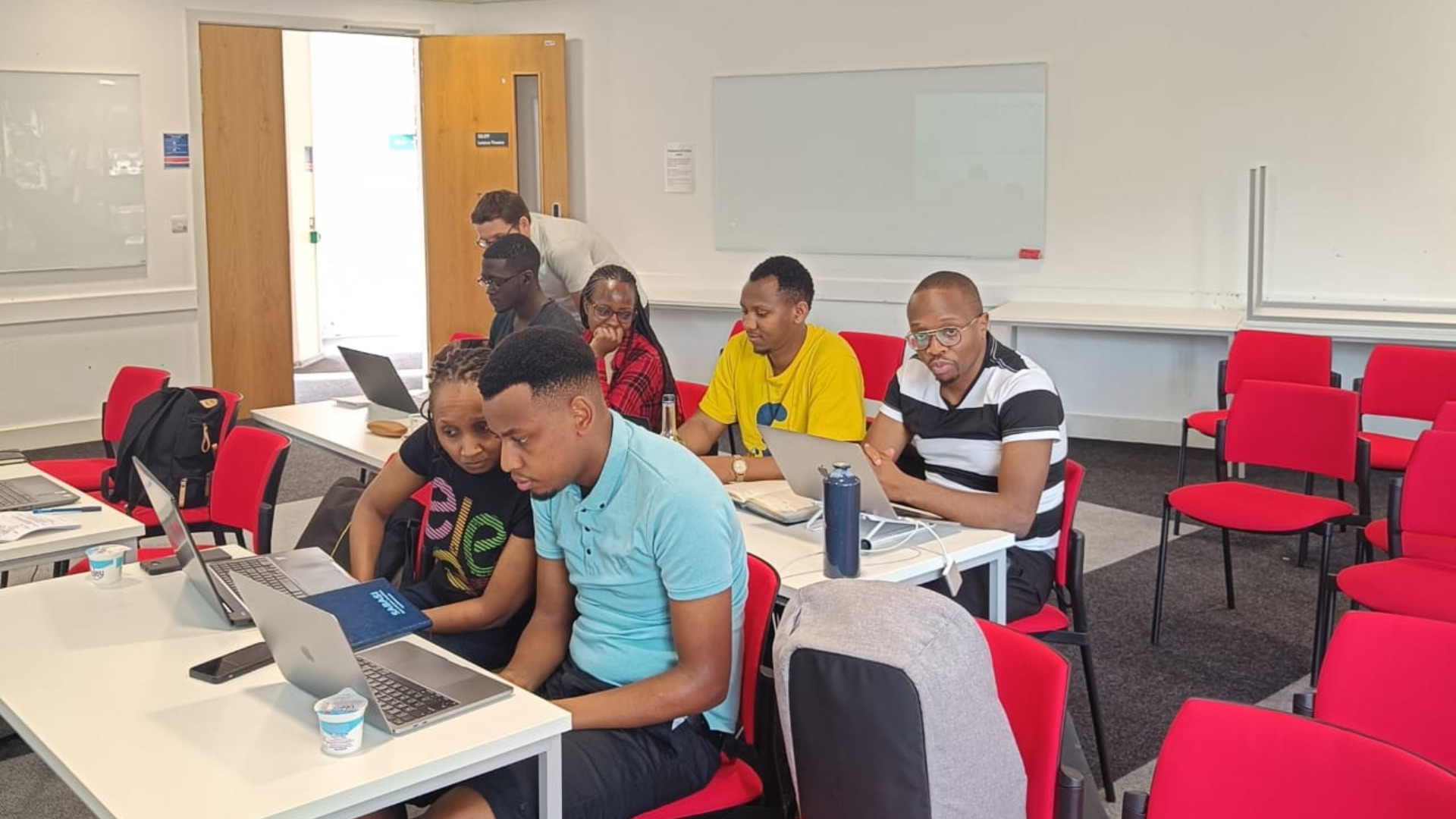One of the main goals of our active citizenship work is making sure that data is widely accessed and used not just by governments but by citizens. We cannot achieve true data democracy when citizens are not involved in an active way in the data life cycle. We need to move away from only seeing citizens as data subjects, but also active contributors in the data and active participants in building the stories and insights from the data that concerns them, while building their capacity to use this data to drive change in their communities.
In our work with citizens, we are working to reshape the landscape of data access and utilisation to make it less elitist and more universally accessible. We are aiming to ensure that data is presented and shared in ways that are easily understandable and actionable for ordinary individuals, empowering them to use this information for their development and advocacy.
Late last year, CBO leaders from the Maono consortium mobilised 78 local changemakers from the 35 wards in Kilifi County who set out to map out all education and health facilities within Kilifi County. Half a day of training on how to use Sabasi was conducted ahead of the data collection exercise. Aiding local changemakers in collecting, analysing, and interpreting data was crucial for enhancing their ability to understand the importance of the exercise, the role of the exercise in their work to advocate for their community’s needs, and the role data plays in ensuring informed decision-making by governments.
In March this year, the Chief Officer for Trade in Kilifi County visited the Maono Space, where she met leaders from the Maono Change-makers consortium to discuss a potential partnership on a data collection project. At the time, the County was mapping out all businesses across its towns to improve planning and service delivery. Chief Lynn learnt that a network of community-based organisations had helped us to map out all health facilities and schools across Kilifi in just three days. She knew that unlike her team collecting the data manually, they did it digitally using Sabasi, an app that goes onto any smartphone and records and transmits data collected live.
In the meeting, she sought to understand how such a mega project was completed in a few days and explore a partnership with the CBO network to do the same for her current exercise. “I am sold on this one. I especially like the fact that data shall be keyed in real-time, meaning that I can log in anytime, anywhere and see what has so far been done,” She said, adding that “it will save us a lot of time and resources.”
The changemakers wasted no time in mobilising themselves. Led by the Kilifi Youth Assembly, they got together 85 young people from various parts of the County. In collaboration with Kilifi County data collectors, they conducted a census of all businesses operating within the County using Sabasi in just five days. Approximately 30,000 businesses were counted, making Kilifi County the first county in Kenya with granular details of businesses operating in it.
To facilitate data collection for reporting and monitoring & evaluation (M&E) of County projects, we used Sabasi. Local change makers from the county were recruited and trained to use Sabasi to collect data in the field in some of the remotest parts of the county they are intimately familiar with due to their work within those communities. Sabasi greatly simplified and sped up the data collection, verification and upload process and ensured that it was simple, fast and seamless.
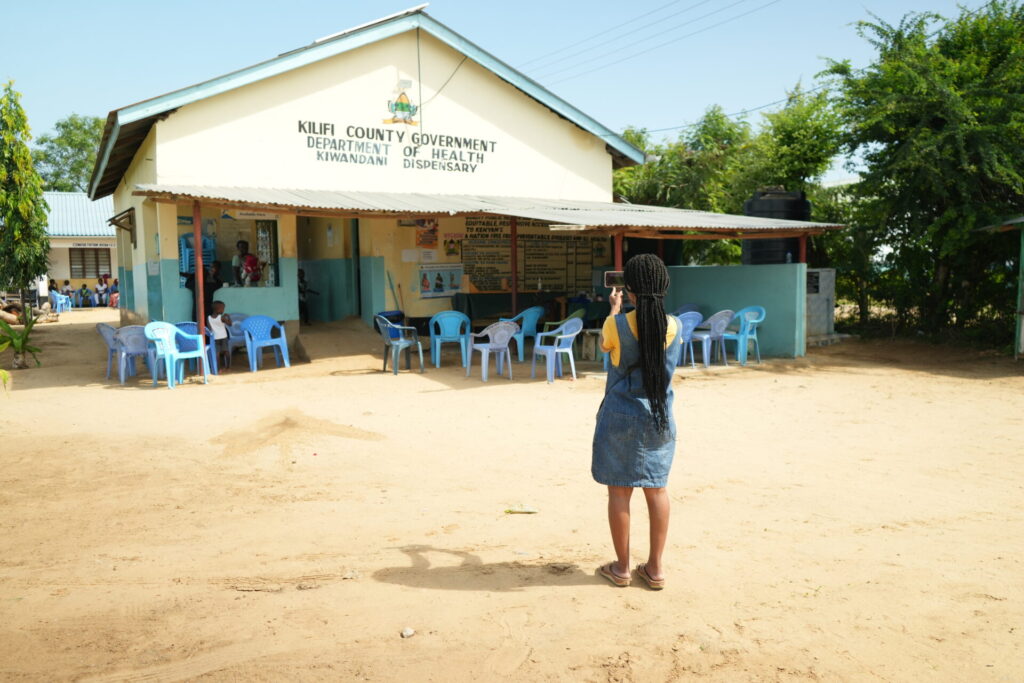
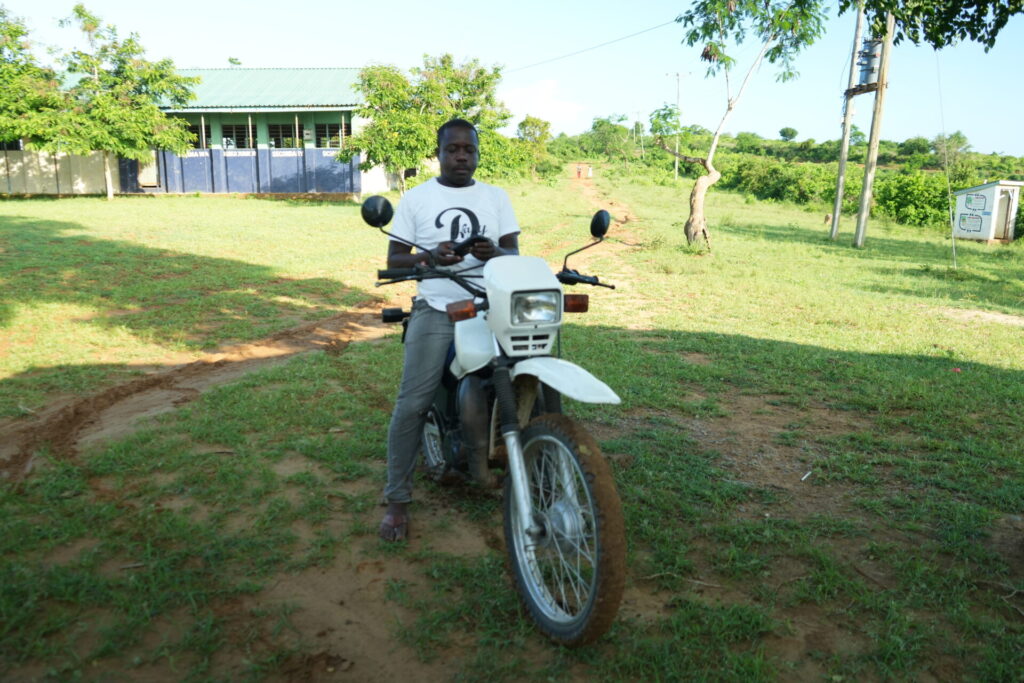
Changemakers are collecting data in Kilifi County using Sabasi.
What we found
Our comprehensive data collection was based on representing data from all seven sub-counties in Kilifi County. Chosen to reflect the health, education and business diversity, these sub-counties have a combined population of about 1.5 million people with a fertility rate of 5.2%, according to the latest County Integrated Development Plans (CIDP) plan. We aimed to collect data on all the existing hospitals, dispensaries, pharmacies, schools and businesses using Sabasi. Sabasi is our innovative and simple-to-use data collection tool.
We collected data from 419 health facilities, 1274 education facilities and 24,524 businesses. We then analysed this data against the population, Kenya Health Information System (KHIS) and other data sources.
- Health Sector
While Kenya’s healthcare sector remains underserved, Kilifi County has made significant strides. An impressive 73% of health facilities are now completed and operational, which shows progress in the development and implementation of healthcare infrastructure. Adherence to Antenatal Care (ANC) and Postnatal Care (PNC) schedules was also encouraging, with 73% attendance for ANC visits and 78% coverage for immunizations.
However, there is a pressing need to increase the number of incinerators and improve the doctor-to-patient ratio, which currently stands at 1:3500, significantly below the World Health Organization’s (WHO) recommended ratio of 1:1000.
Data Source: Open Institute
Data Source: Open Institute
Based on the findings from our analysis of the health sector in Kilifi County, we identified a set of recommendations to address key challenges:
- Expanded Scope of Youth and Adolescent Health: Efforts need to be made to broaden health services for youth and adolescents, recognizing their critical health needs.
- Promotion of Policies and Programs for Child Survival: There is a need to focus on access to vaccination, nutrition, and primary health care services.
- Implementation of Adolescent Sexual Reproductive Health (ASRH) Initiatives: Comprehensive ASRH programs need to be implemented to provide education and services, empowering adolescents to make informed decisions about their sexual and reproductive health.
- Reduction of HIV/AIDS Infections: Various measures need to be taken to reduce HIV/AIDS infections, including education, testing, treatment services expansion, and stigma reduction efforts.
2. Education Sector
The data collected on education facilities revealed 916 establishments, with an average distance of 3 kilometres to the nearest facility. Most of these facilities, 99%, are in use, with 68% reported to be in good condition. Additionally, Students from impoverished families now have the opportunity to attend school through access to scholarships, with 2,579 students benefiting from such support from the Kilifi County Government.
Data Source: Open Institute
Despite the sufficient facilities and scholarship funding, there is still a need to address the increased school dropout rates due to teenage pregnancies, high HIV/AIDS infections, and the poor conditions of 25% of facilities, particularly in the rural areas.
Data Source: Open Institute
In light of the analysis conducted on the education sector in Kilifi County, we formulated the following recommendations to address critical needs:
- Increased Bursary Allocation Funds for Impoverished Families: More funds should be allocated for bursaries to provide crucial financial support to impoverished families, enabling their children to go to school without strain.
- Reduced Teacher-Pupil Ratio in ECDE Centers: Efforts need to be made to lower the teacher-pupil ratio in Early Childhood Development Education (ECDE) centres to enhance the quality of education for the young learners.
- Enhanced Infrastructure Support for ECDE Centers: To create conducive learning environments that promote children’s holistic development.
- Subsidised Vocational and Technical Training (TVET) for Youth: To expand access and participation among youth, equipping them with valuable skills for employment and entrepreneurship.
3. Business Sector
In a pioneering initiative, we collected Kilifi County’s first-ever comprehensive data, gathering information from 24,524 businesses. Notably, the majority of these businesses operate within the retail sector.
This data is essential for the Kilifi County government because it gives them critical information about the local economy. With this understanding, they can create better plans to help current businesses, promote entrepreneurship to generate more jobs for residents and find ways to collect more revenue for the county.
Data Source: Open Institute
Takeaways
“To deliver a more open government, we believe there needs to be more collaboration between the government and changemakers.”
We firmly believe that development begins at the grassroots level, so we are passionate about working with changemakers to use data to drive change and impact people’s lives. It goes without saying that this project would not have been a success without the partnership of hundreds of change-makers across Kilifi County. Through their involvement, we successfully communicated the “on-ground realities” to decision-makers using their collected data. This data will greatly assist the Kilifi County government in identifying gaps and areas for improvement and reduce inequality in access to healthcare, education, and economic opportunities for residents of Kilifi County.
Looking into the future, we are excited to partner closely with the Kilifi government to establish a data desk and aim to expand our impact to other counties in Kenya. We are also very enthusiastic about this move’s potential to tackle the challenges faced by the communities in Kilifi and promote open and transparent governance towards achieving sustainable development.
We further extend our gratitude to the Kilifi County Government, the local chiefs, and all participants for their unwavering support and dedication to a more developed and better Kilifi County.
If you would like to know more about our work, please email us at hello@openinstitute.africa, and we will be more than happy to accommodate you.

